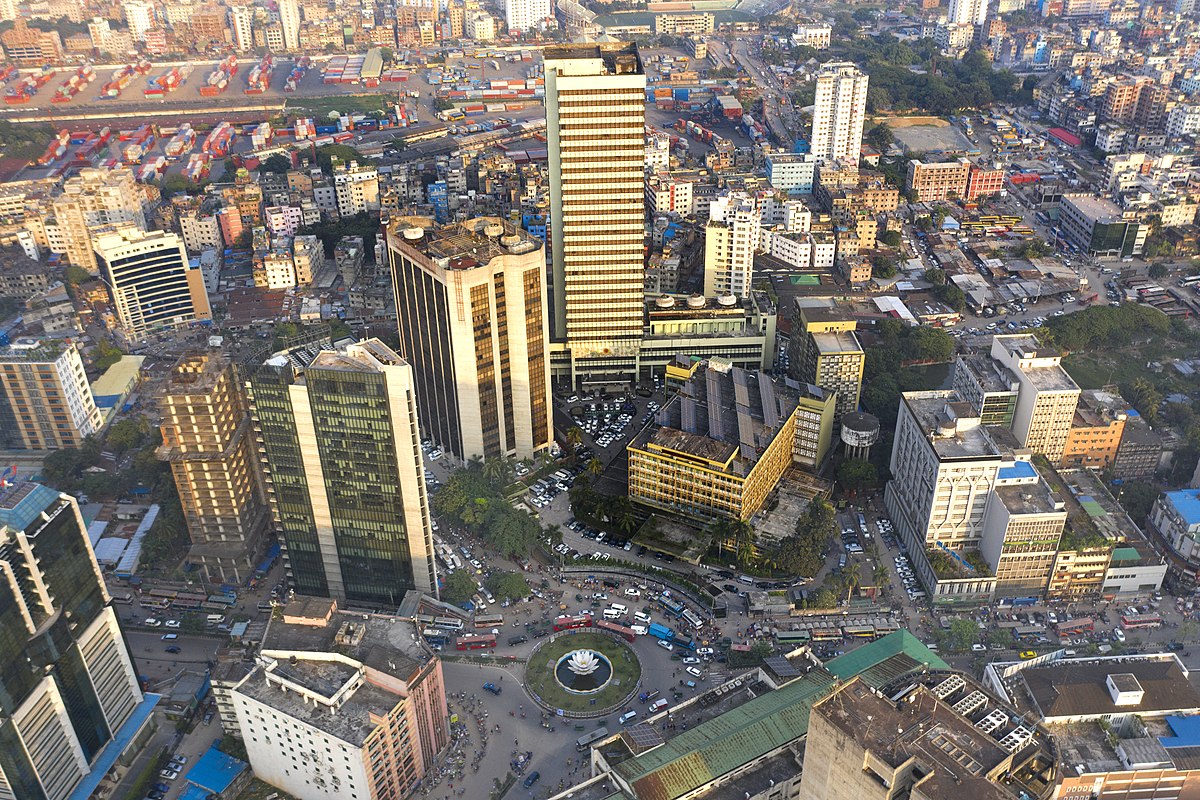
Published :
Updated :

One of the oldest cities in the sub-continent, and the capital of Bangladesh, Dhaka, holds a glorious administrative history. This history has spanned several centuries. From being the Mughal era's trade centre to being a bustling modern city, Dhaka has seen numerous transformations in its administrative structures.
Although the actual history of this metropolis starts from the 7th century, the administrative history is a bit younger in this sense. The Mughals were the first to initiate proper administration to rule this region.
During the Mughal Empire (1608-1704), Dhaka was the capital of Bengal as well as one of the most significant commercial centres of this subcontinent.
The Mughal rulers showed enough intelligence to construct an administrative system consisting of a governor, a judiciary, and a police force. Many important buildings in Dhaka, which have now been preserved as cultural heritages, were built during the Mughal era. The names of Lalbag fort, Ahsan Manzil, and Dhakesshwari temple are worth mentioning.
After the collapse of the Mughal Empire, the East India Company took over the whole sub-continent in 1765. They are regarded as one of history’s most dispersed colonists.
The East India Company had started their journey in this sub-continent as traders way before they started ruling. Unlike the Mughal rule, the British set up a different administrative system known as the 'colonial system.'
Under the colonial administration, there were a district magistrate and a chief executive.
During the British era, Dhaka again became an important trade, industry, and education centre. Later the city also played an important role in the Indian independence movement, creating many leaders and activists with time.
Against the mass protest, which lasted for about a century, the Company rule finally ended in 1947 after a rule of almost 200 years. They lost all their administrative power and possessions. Being advised by a council, the company's directors shifted the rule to a Secretary of state for India. The British divided this subcontinent before leaving and parted it into two countries: India and Pakistan.
Eight years after the partition, Pakistan adopted a republican constitution in 1956, which was proclaimed as an Islamic Republic. Dhaka (then Dacca) was declared the second capital of Pakistan in 1962. The same year, the Pakistan constitution applied a gubernatorial system in its East and West parts. According to this system, each province ran its provincial gubernatorial governments.
After Dhaka became the capital of East Pakistan, the flame of the liberation movement, which led to the birth of an independent Bangladesh, started fuming. Bangladesh gained independence in 1971 after a nine-month-long liberation war, and Dhaka remained the country’s capital and the seat of all administrative authority.
Bangladesh now has 8 divisions, 64 districts, and 495 sub-districts. The sub-districts are again divided into 4,571 Union Councils and 330 Municipalities. The union councils govern the rural areas, while the municipalities are responsible for towns. There are 12 city corporations for big cities.
Dhaka, being the capital, has 2 city corporations: Dhaka North City Corporation and Dhaka South City Corporation. These city corporations have to look after the city's basic infrastructure, including evicting illegal installations, purifying and supplying water, eliminating waterlogging, preserving the traditional place, controlling diseases, preparing birth and death registration certificates, managing solid waste, etc.
With a growing population, infrastructure development, and economic growth, Dhaka has been experiencing rapid urbanisation and modernisation.
Despite being a city with a glorious administrative history, it still faces many challenges, including traffic congestion, environmental degradation, and urban poverty. To make this city as lovely as it was a few centuries ago, it once again needs extensive administrative changes, removing bureaucratic complexities and making the process more people-friendly and forward-thinking.
khanpushpita11@gmail.com


 For all latest news, follow The Financial Express Google News channel.
For all latest news, follow The Financial Express Google News channel.